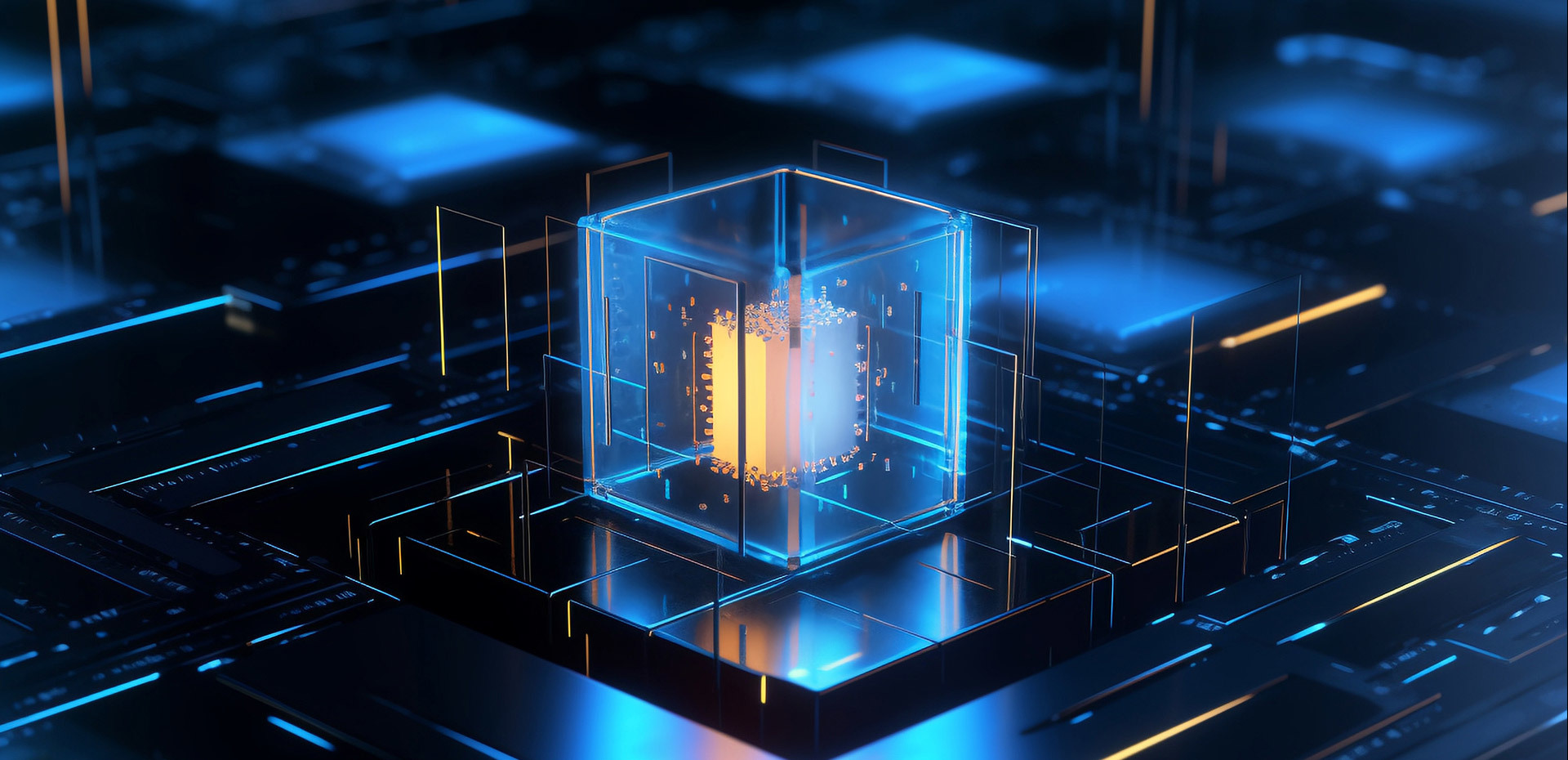Development Prospect of Magnetic Material Industry
Release time:
2024-01-03
In recent years, the overall demand of the magnetic material industry has steadily increased. The rapid development of downstream applications such as optical storage, wind power, new energy vehicles, robotics, industrial automation, and wireless charging has brought development opportunities to the magnetic material industry.

In recent years, the overall demand of the magnetic material industry has steadily increased. The rapid development of downstream applications such as optical storage, wind power, new energy vehicles, robotics, industrial automation, and wireless charging has brought development opportunities to the magnetic material industry.
On the whole, the current domestic magnetic materials are mostly concentrated in the low-end field, but the international competitiveness of magnetic materials is increasing day by day, and the gap between the research and development level and developed countries continues to narrow. With the transformation and upgrading of China's economy, the recovery is expected to be good, and under the policy of "independent and controllable domestic substitution", the market demand for magnetic materials continues to be released, and the industry is expected to enter a period of rapid development.
Current Situation of Magnetic Material Market
Magnetic materials refer to transition elements such as iron, cobalt, nickel and their alloys that can directly or indirectly produce magnetism. They are a kind of functional materials, which have the functions of conversion, transmission, processing, storage of information, energy storage and so on. Magnetic materials are widely used, covering automotive, consumer electronics, wind power, energy, medical, machinery, military and other fields.
Compared with developed countries, my country's magnetic material industry started late. Before the 21st century, foreign brands have always occupied the main share of my country's magnetic material market. After entering the 21st century, with the continuous advancement of technology, the international competitiveness of my country's magnetic materials has improved. The gap between the level of research and development and developed countries continues to narrow. But overall, domestic magnetic materials are concentrated in the low-end areas. In recent years, with China's economic transformation and upgrading, the market demand for magnetic materials has been continuously released, and China has become the largest and most dynamic market in the world.
Magnetic materials can be divided into permanent magnetic (hard magnetic) and soft magnetic materials according to the degree of difficulty of demagnetization after magnetization.
The soft magnetic material is a magnetic material having a low coercive force and a high magnetic permeability, and is easily magnetized and also easily demagnetized. The coercive force of the soft magnetic material is between that of the permanent magnetic material and the ferrite, and the magnetism can disappear. Soft magnetic material has high saturation flux density, high permeability, hysteresis loop is narrow, small area, small hysteresis loss, low remanence and coercive force and other characteristics, for the exchange of applications require small eddy current loss and hysteresis loss. Compared with ferrite soft magnetic materials, metal soft magnetic materials have the characteristics of high resistivity, low permeability, uniform micro-gap leakage, high temperature stability, and are suitable for power inductor design.
Soft magnetic materials are mainly divided into ferrite, metal soft magnetic materials and other soft magnetic materials. Ferrite soft magnetic industry due to the development of a long time, technology is relatively stable, the market competition is more intense. The metal soft magnetic industry is currently in a period of rapid development, and compared with ferrite soft magnetic, with the continuous development of downstream photovoltaic inverters, variable frequency air conditioners, new energy vehicles and charging piles, the industry is growing more rapidly.
The development of downstream markets has led to a high consumption of magnetic materials. Magnetic materials are widely used, including motors, generators and transportation and medical machinery and consumer electronics. In 2021, motor and consumer electronics applications accounted for a relatively large, respectively, 31% and 20%, in recent years, the development of new materials, aerospace, marine equipment, high-end equipment, new energy vehicles and other industries, for the development of magnetic materials industry provides a broad space. Magnetic materials are mainly divided into permanent ferrite, rare earth permanent magnet, soft magnetic ferrite, etc. In 2021, the proportion of permanent ferrite is 60%, which is the largest sales part of magnetic materials. The company's main products are permanent ferrite and soft ferrite.
China's magnetic material market is growing steadily, and the consumption scale of magnetic materials is expected to reach 19 billion billion US dollars in 2027. According to the Prospective Industry Research Institute, from 2016 to 2021, the scale of magnetic material sales has been increasing, reaching $13.6 billion in 2021, a year-on-year growth rate of 4.6 percent. In recent years, the overall demand of the magnetic material industry has steadily increased. The rapid development of downstream applications such as wind power, new energy vehicles, robots, industrial automation, and wireless charging has brought development opportunities to the magnetic material industry. According to the forecast of the Prospective Industry Institute, China's magnetic material sales scale CAGR +5.1 in 2022-2027, and China's magnetic material sales scale is expected to reach US $19 billion by 2027.



